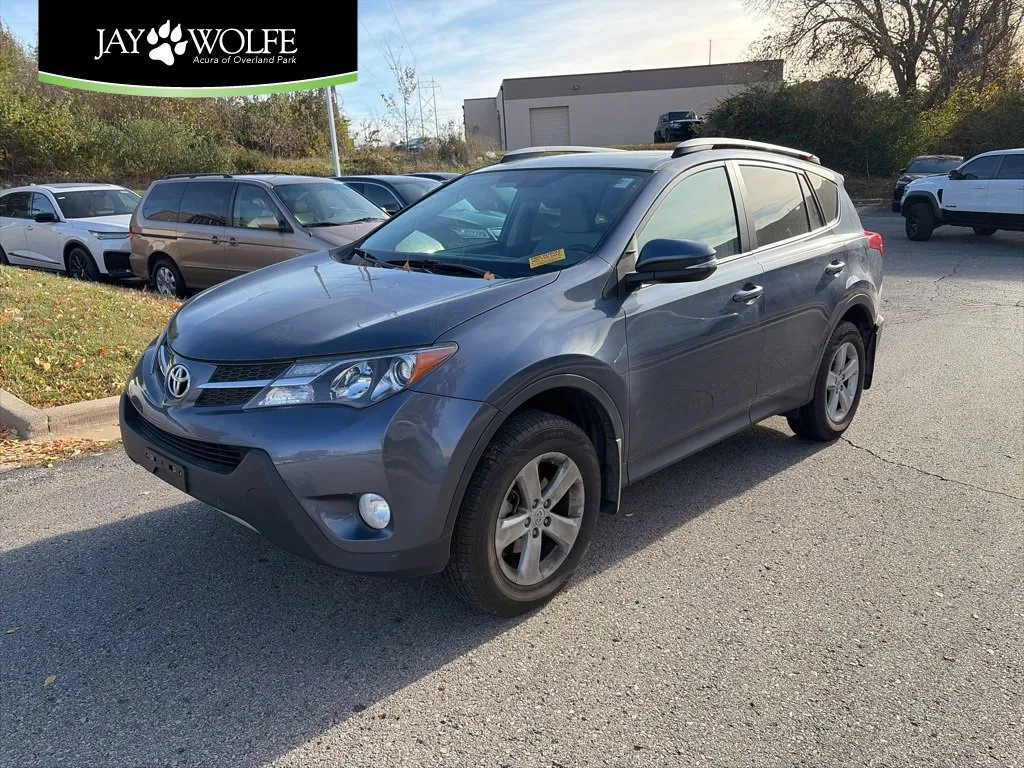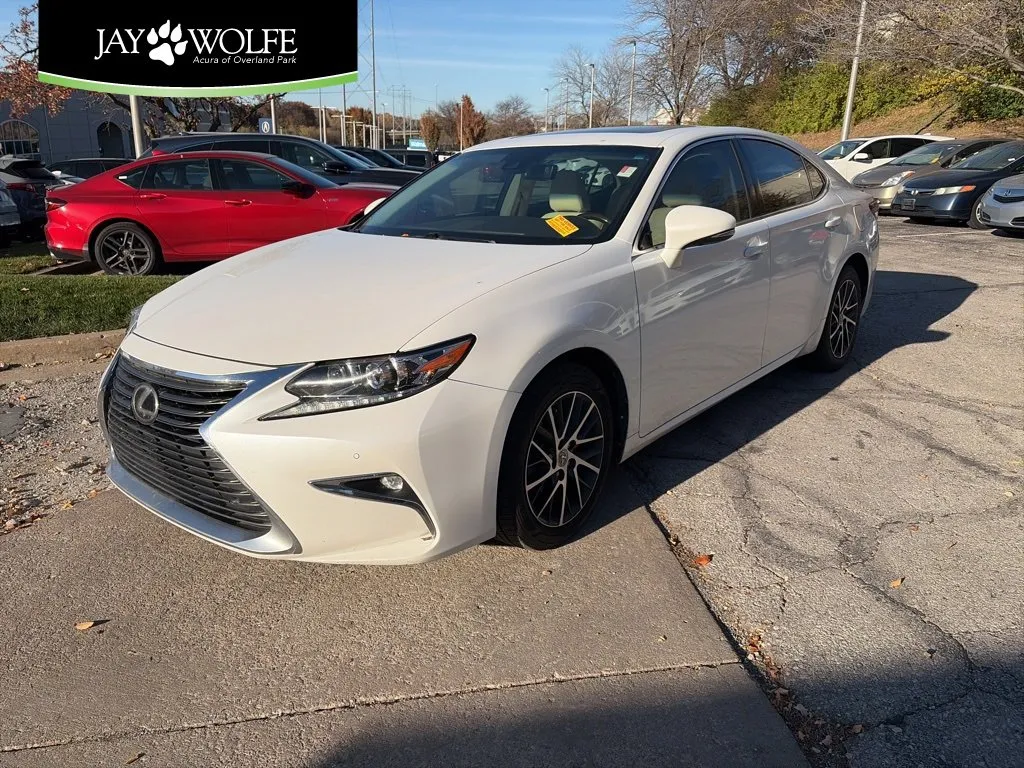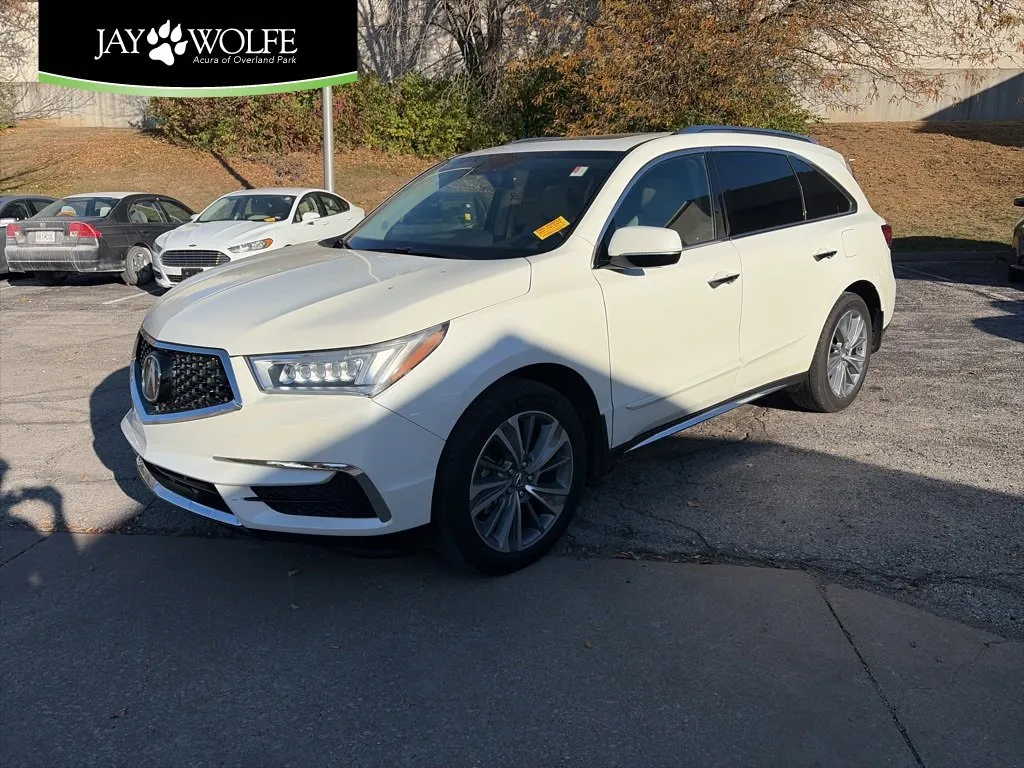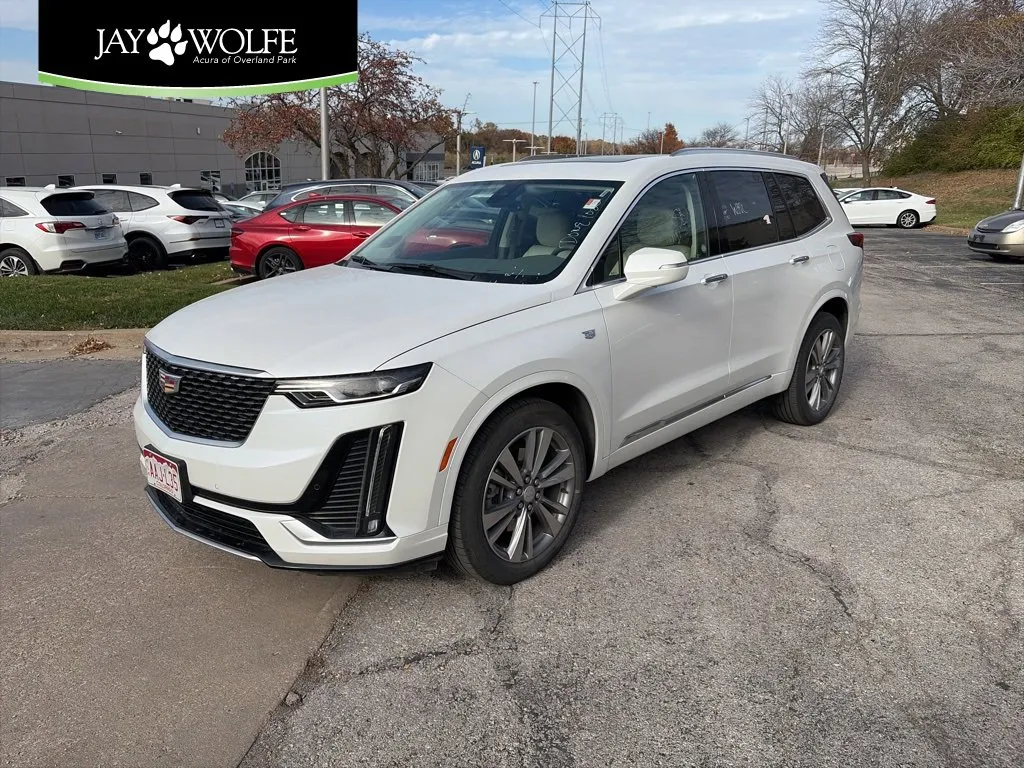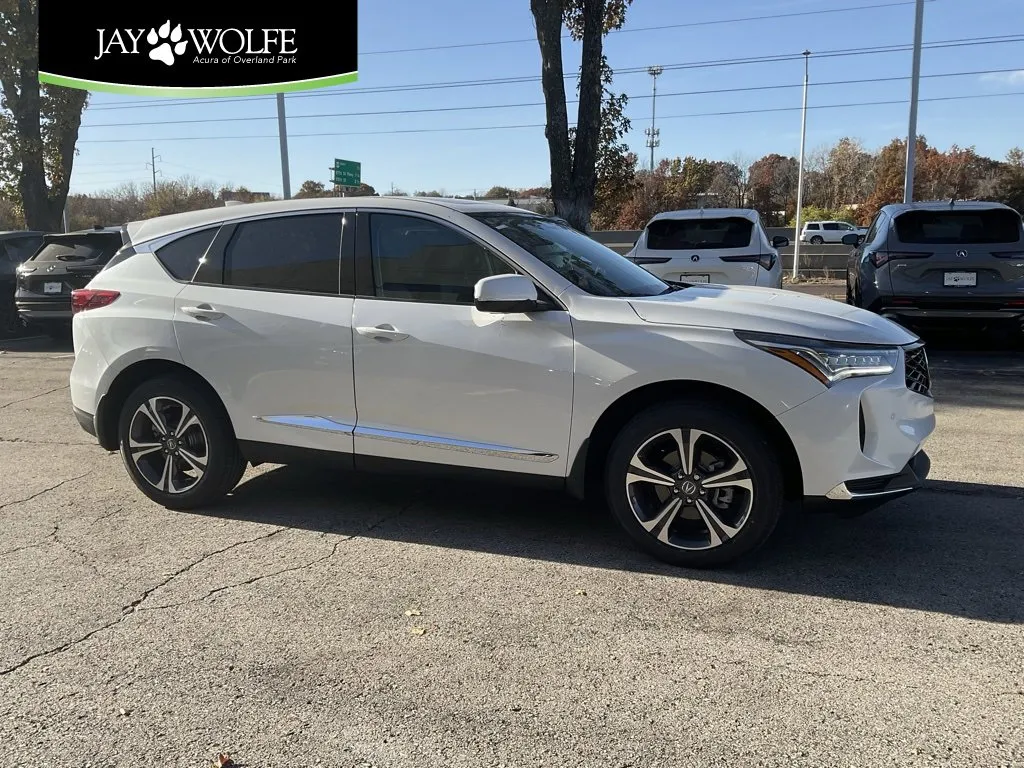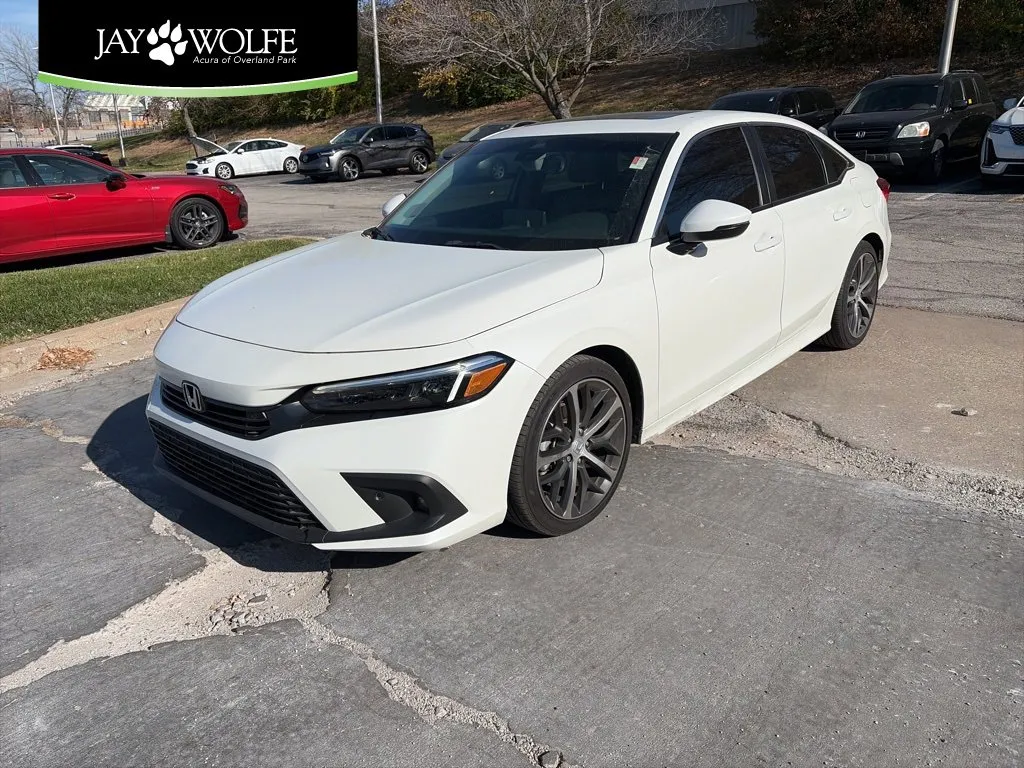What's the Cost of Acura Repairs Compared to Other Luxury Brands?
Table of Contents
- How Acura Repair Costs Compare to the Competition
- Acura vs. Lexus: The Battle of Japanese Luxury
- Acura vs. BMW: Affordability vs. Prestige
- Acura vs. Mercedes-Benz: Luxury Comes at a Price
- Acura vs. Audi: High-Tech, High Maintenance
- Why Acura Is the Smartest Choice for Luxury Buyers
- Find Your Next Acura at Acura of Overland Park
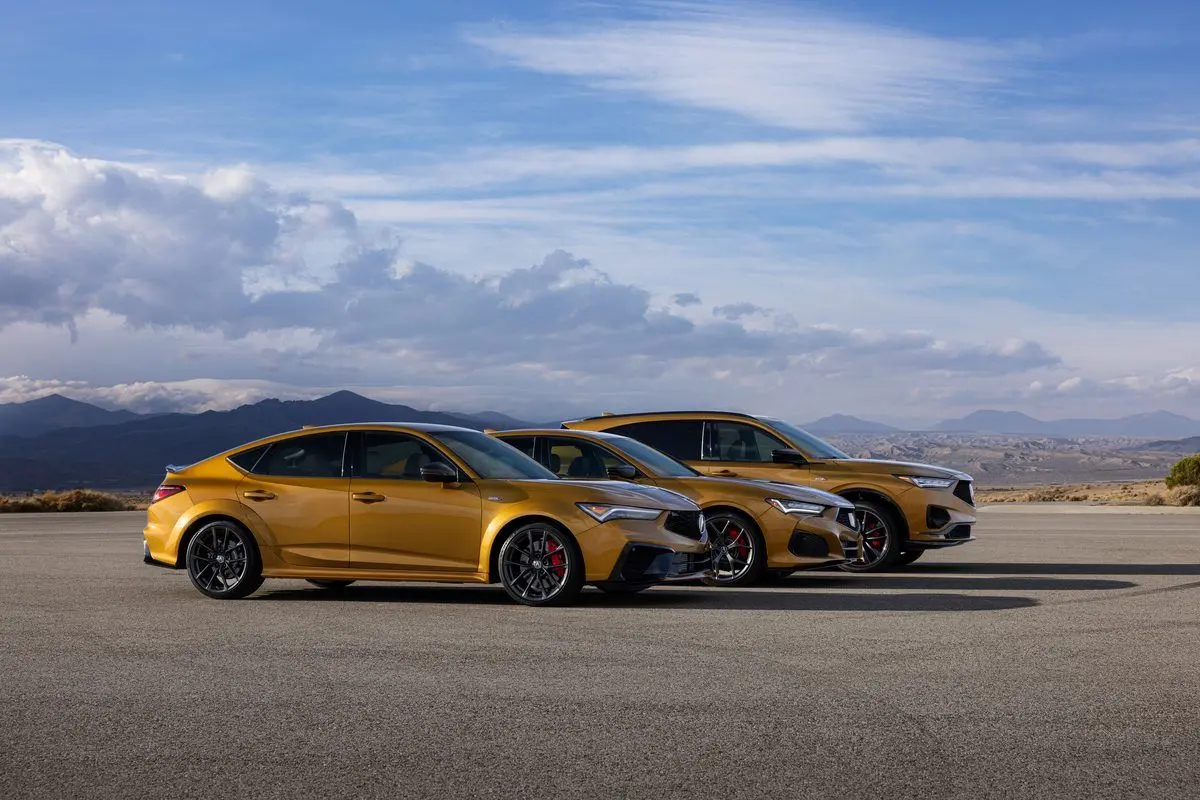
Owning a luxury car is a thrilling experience – smooth rides, cutting-edge technology, and that unmistakable sense of prestige. But one crucial factor every savvy luxury car buyer considers is maintenance and repair costs. After all, what good is a luxury vehicle if it drains your bank account every time something needs fixing? If you’re comparing Acura to other luxury brands like Lexus, BMW, Mercedes-Benz, and Audi, you’ll find some interesting differences in repair costs. Let’s break it all down and see which brand gives you the most value – not just in features, but in long-term ownership costs.
How Acura Repair Costs Compare to the Competition
When looking at repair and maintenance expenses, there are a few key aspects to consider:
- Routine Maintenance Costs – Oil changes, brake pad replacements, and tire rotations are essential to keep any luxury car running smoothly.
- Unplanned Repairs – These include unexpected part failures, electrical issues, or other mechanical problems that arise over time.
- Long-Term Reliability – A reliable luxury car means fewer repairs in the long run, which leads to lower ownership costs.
Acura vs. Lexus: The Battle of Japanese Luxury
Acura and Lexus both deliver exceptional reliability, but Acura models often have lower maintenance costs over time. According to industry reports, Acura’s average annual repair cost hovers around $500 to $600, while Lexus tends to be slightly higher, averaging $700+ per year. Both brands benefit from Japanese engineering, which prioritizes durability and dependability. However, Acura parts tend to be more affordable, and service costs at dealerships or independent shops are typically lower than those for Lexus.
Acura vs. BMW: Affordability vs. Prestige
Let’s be honest. BMWs are incredible machines with precise German engineering, but they come with a price. The average annual repair cost for a BMW is over $900, according to industry data. Part of this is due to the high cost of imported parts, as well as the complexity of BMW engines and electrical systems. In contrast, Acura vehicles provide a similar luxury experience with far lower maintenance expenses. And since Acura vehicles are built with proven Honda engineering, repairs are often simpler and less costly than those required for a BMW.
Acura vs. Mercedes-Benz: Luxury Comes at a Price
Mercedes-Benz is known for refined interiors and cutting-edge technology, but when it comes to repairs, they can be notoriously expensive. The average annual repair cost for a Mercedes is around $1,200 – double that of an Acura. One major factor driving up Mercedes-Benz maintenance costs is the complexity of their advanced electronic and drivetrain systems. Even something as simple as a brake job can cost significantly more than the same service on an Acura.
Acura vs. Audi: High-Tech, High Maintenance
Audi makes stylish, high-tech luxury cars, but they come with some of the highest maintenance costs in the industry. Repair estimates show Audi owners spend about $1,000 to $1,200 per year on average, which is nearly double what Acura owners pay. The biggest problem? Audi’s sophisticated turbocharged engines, quattro all-wheel drive, and electronics are prone to expensive repairs. Acura, on the other hand, offers available Super Handling All-Wheel Drive (SH-AWD) and high-performance engines, but with lower maintenance costs over time.
Why Acura Is the Smartest Choice for Luxury Buyers
If you’re shopping for a luxury vehicle and care about long-term affordability, Acura delivers the best balance of luxury, performance, and cost-effectiveness. While brands like BMW, Mercedes, and Audi offer impressive features, their repair costs can add up quickly – something every analytical luxury buyer should consider. With Acura, you get:
- Lower annual maintenance and repair costs than most luxury brands
- Honda-engineered reliability that keeps you on the road longer
- High-end performance and technology without the excessive upkeep costs
- Affordable, readily available parts compared to European brands
Find Your Next Acura at Acura of Overland Park
Why spend more on repairs when you can drive a luxury car that’s both reliable and affordable to maintain? Visit Acura of Overland Park today and explore our lineup of high-value luxury vehicles that offer premium comfort, cutting-edge tech, and lower long-term ownership costs. Your wallet will thank you.


